Heart disease, also known as cardiovascular disease, is a leading cause of death worldwide. Despite being a serious condition, many forms of heart disease are preventable through simple lifestyle changes and early detection. Understanding how heart disease develops and how to prevent it can significantly improve your quality of life.
What Is Heart Disease?
Heart disease is a broad term that refers to several conditions affecting the heart and blood vessels. Common types include:
Coronary Artery Disease (CAD): Narrowing or blockage of the coronary arteries due to plaque buildup.
Arrhythmias: Irregular heartbeats.
Heart Failure: The heart’s inability to pump blood effectively.
Heart Valve Disease: Malfunctioning of one or more heart valves.
Congenital Heart Disease: Heart problems present from birth.
Common Causes and Risk Factors
High Blood Pressure (Hypertension)
High Cholesterol Levels
Smoking
Obesity
Lack of Physical Activity
Unhealthy Diet (high in fats, sugar, and salt)
Diabetes
Stress and Excessive Alcohol Use
Family History of Heart Disease
Symptoms of Heart Disease
Symptoms may vary based on the type, but common warning signs include:
Chest pain or discomfort (angina)
Shortness of breath
Fatigue or weakness
Pain in the neck, jaw, throat, upper abdomen, or back
Irregular heartbeat
Swelling in legs, ankles, or feet
Important: Some heart conditions can be silent with no symptoms until a major event like a heart attack.
How to Prevent Heart Disease
- Eat a Heart-Healthy Diet
Focus on fruits, vegetables, whole grains, lean proteins, and healthy fats like nuts and olive oil. Avoid trans fats, processed foods, and excess salt. - Exercise Regularly
At least 150 minutes of moderate-intensity aerobic activity per week can improve heart health. - Maintain a Healthy Weight
Being overweight increases your risk for several heart-related conditions. - Manage Stress
Practice relaxation techniques such as meditation, yoga, or deep breathing exercises. - Quit Smoking
Smoking damages blood vessels and increases the risk of heart attacks and strokes. - Limit Alcohol
Excessive alcohol can raise blood pressure and triglycerides. - Monitor Blood Pressure, Cholesterol, and Blood Sugar
Regular check-ups help in early detection and management of risk factors.
When to See a Doctor
If you experience chest pain, shortness of breath, or other symptoms of heart disease, consult a healthcare provider immediately. Early diagnosis and treatment are key to managing the condition effectively.
Conclusion
Heart disease may be common, but it’s not inevitable. With simple, consistent efforts, you can protect your heart and enjoy a healthier, more active life. Prevention truly is the best medicine.
Relax and Recharge with Flutter Bees Game
After taking care of your heart, take a moment for your mind! Play Flutter Bees, the calming clicker and bee hive defense game that helps you relax and reduce stress. Tap to collect points, finish fun in-game goals, and let your worries fly away.
Play Flutter Bees

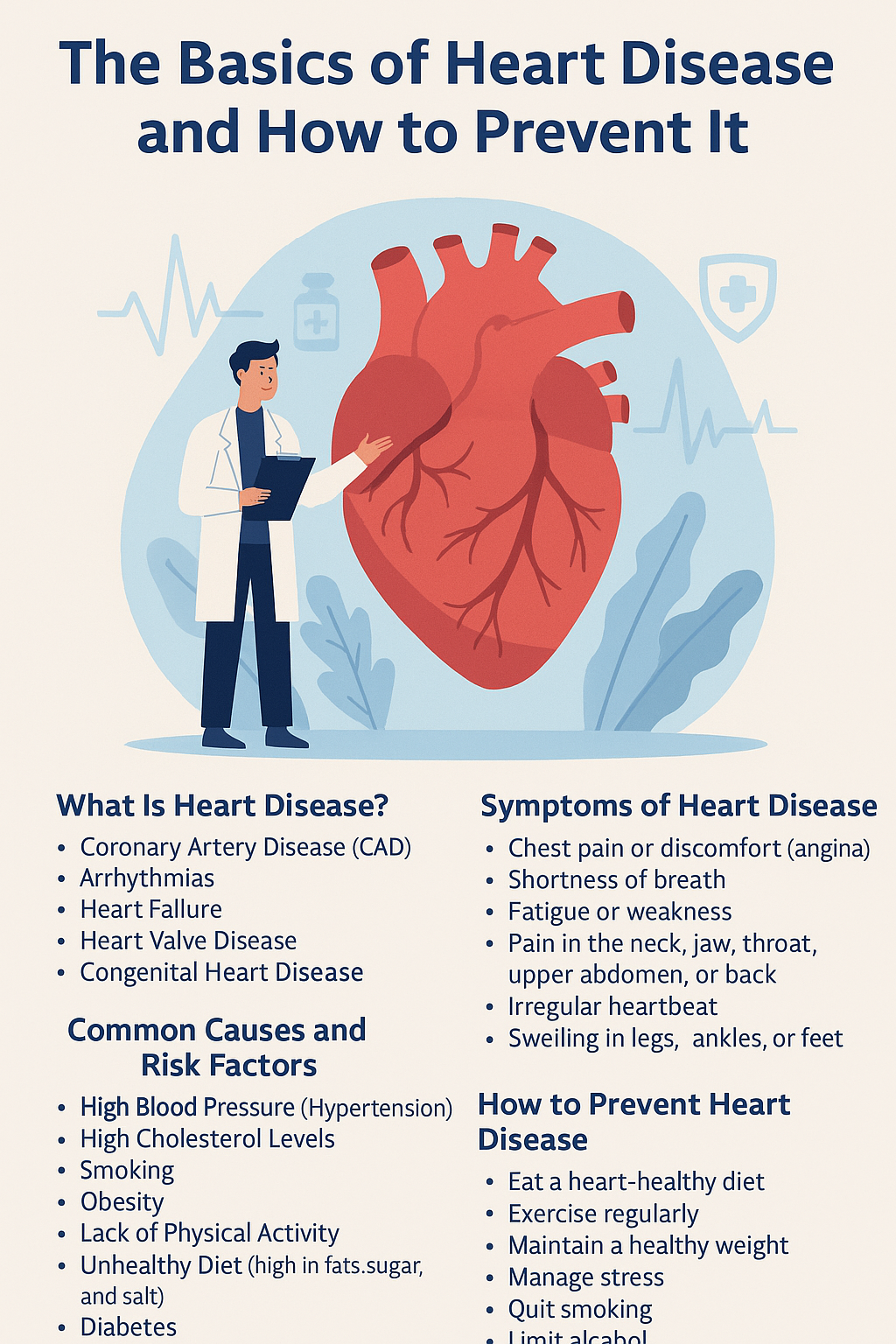
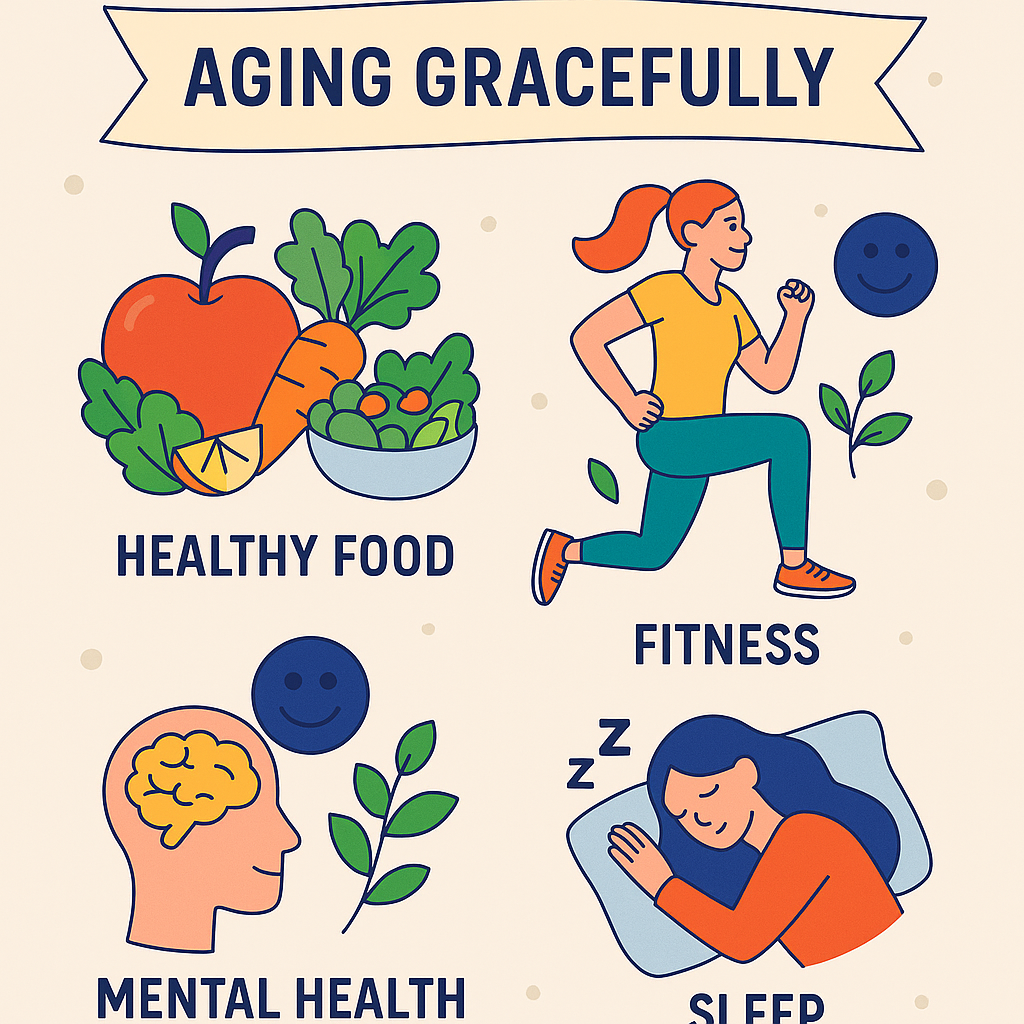

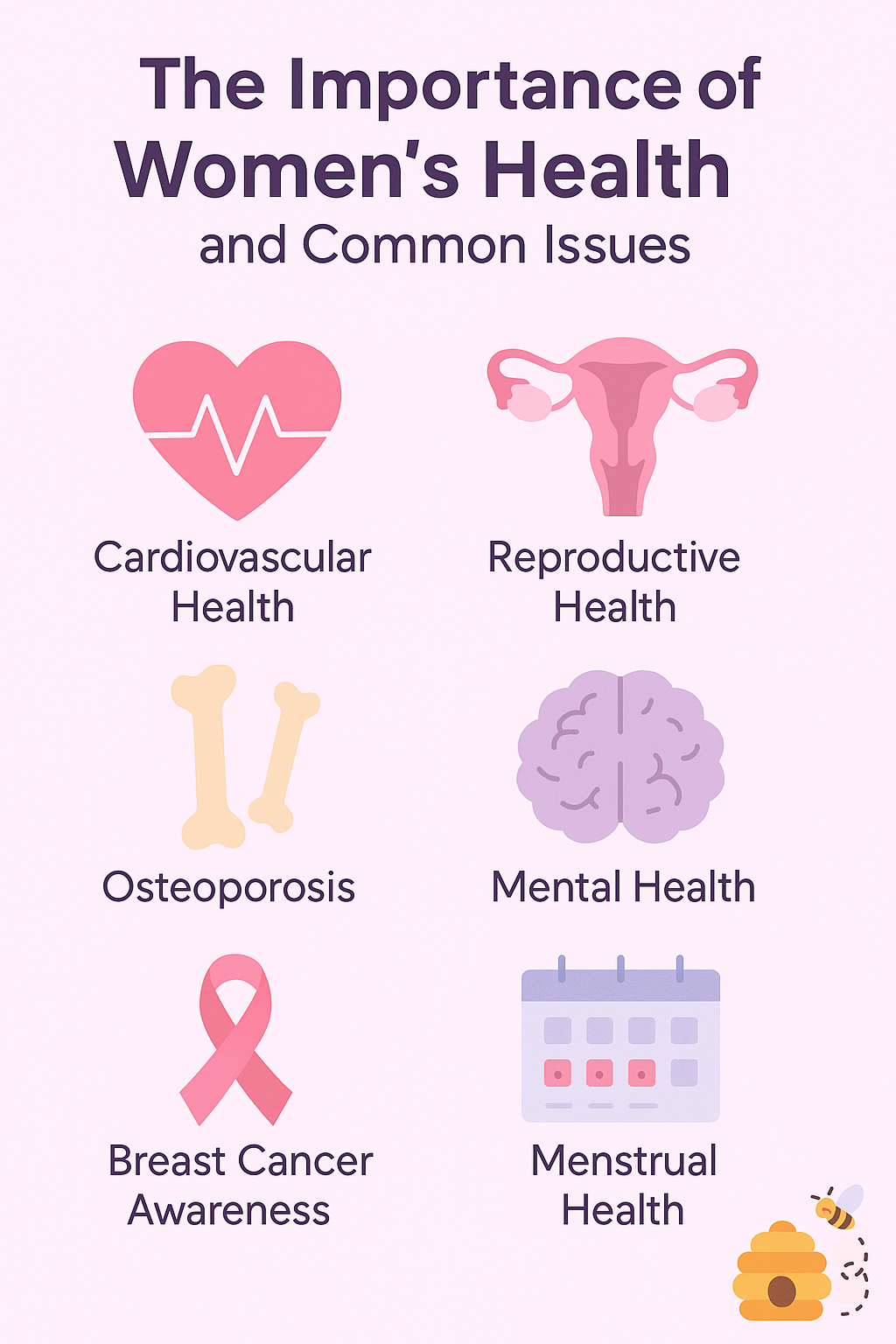
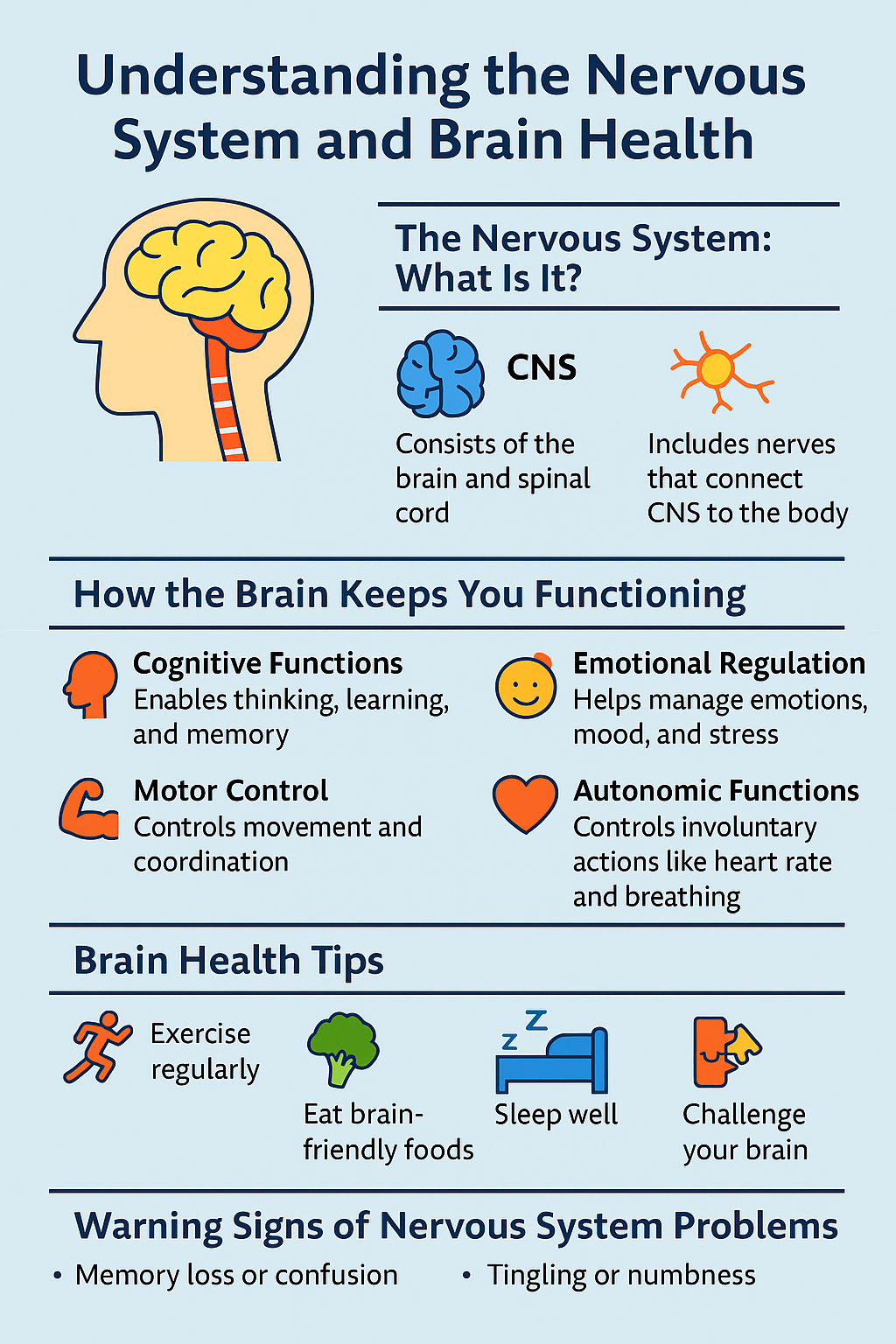
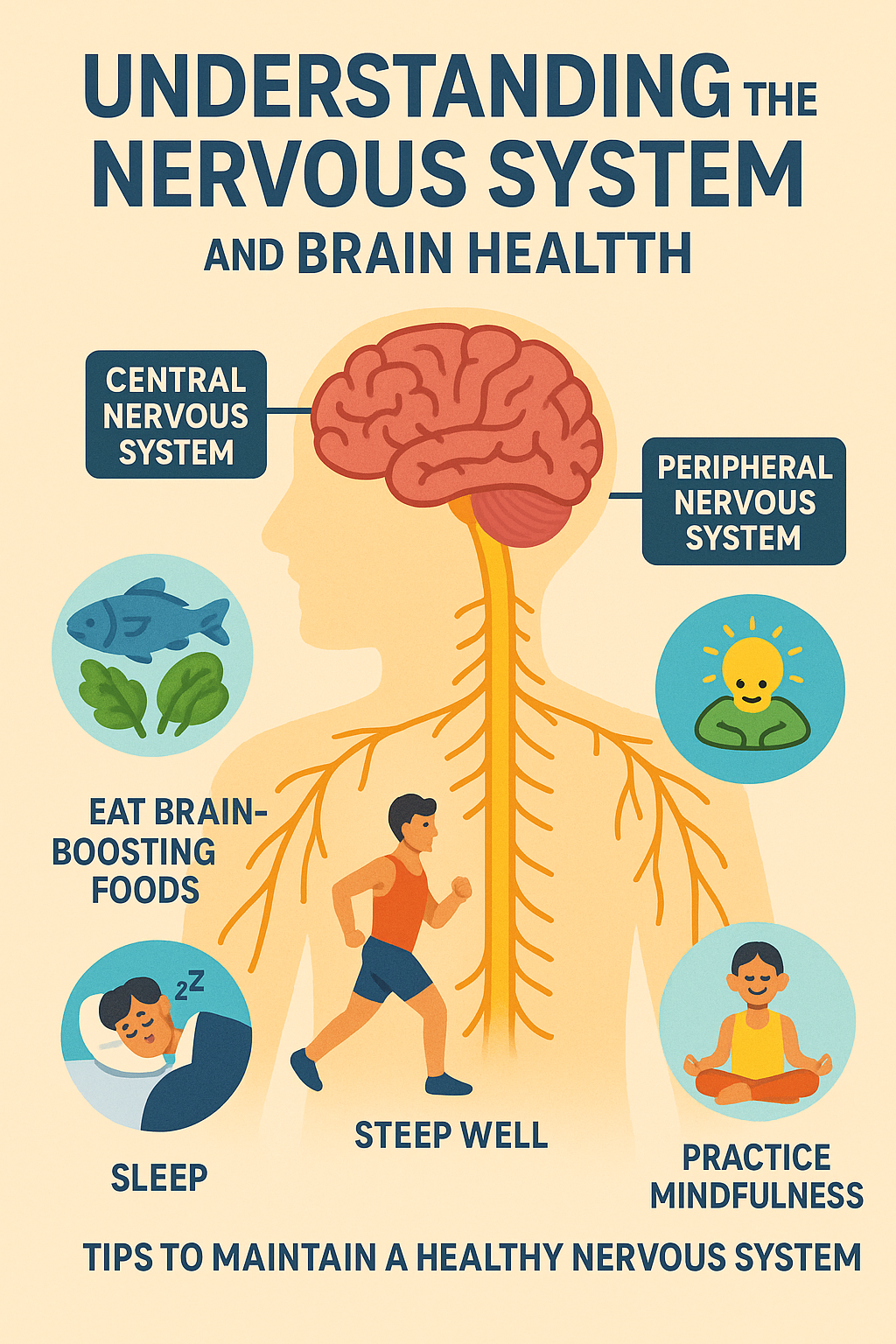
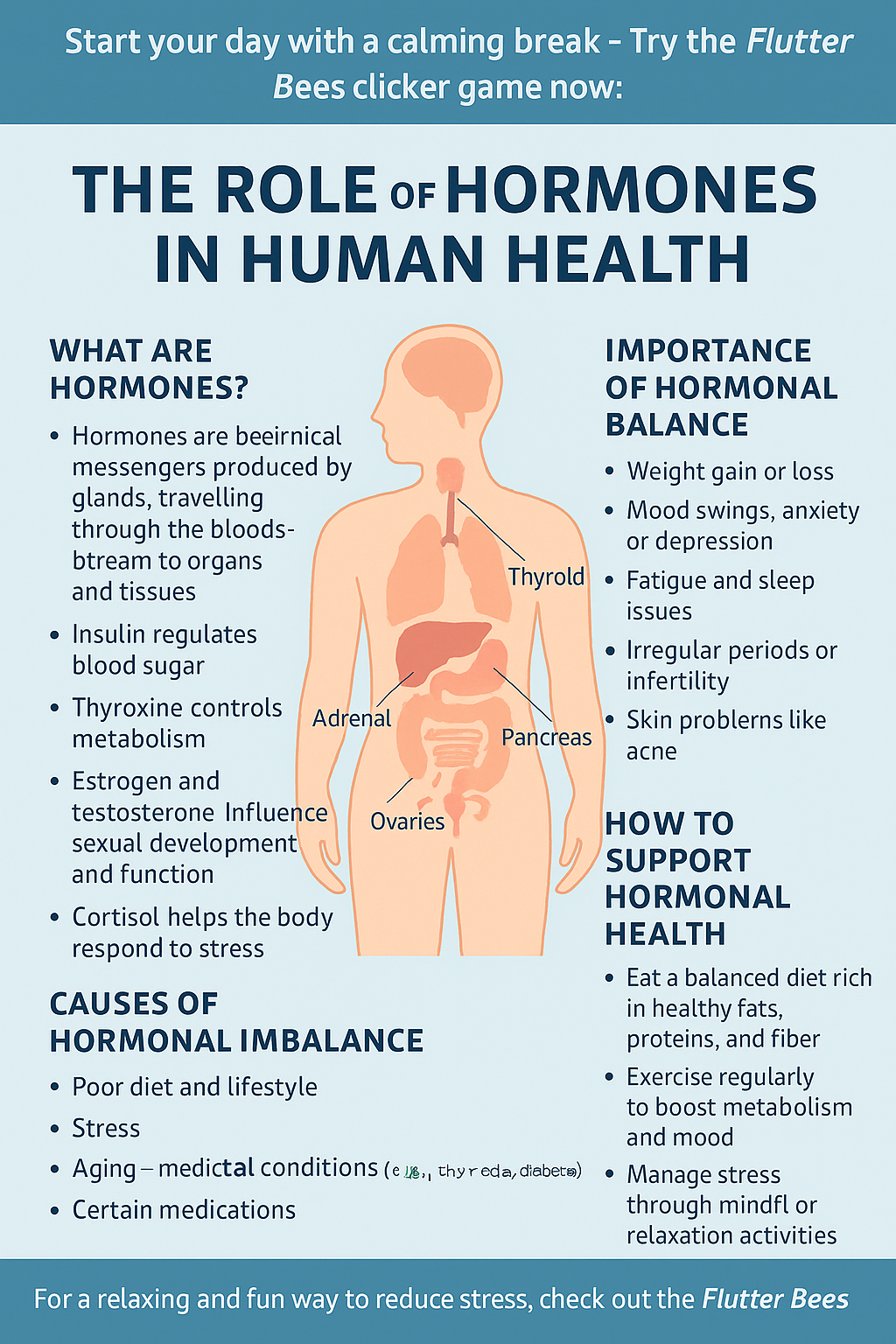
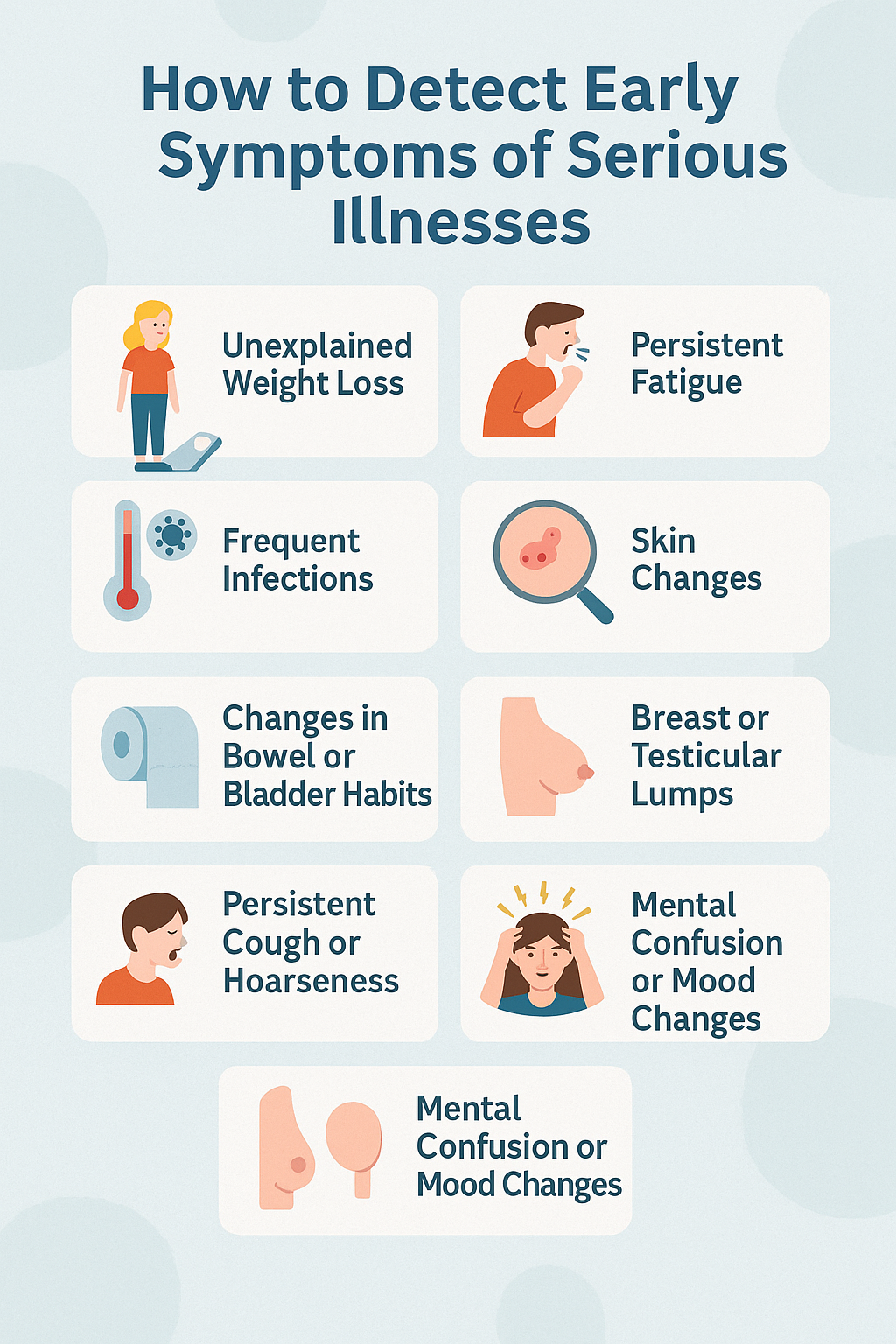
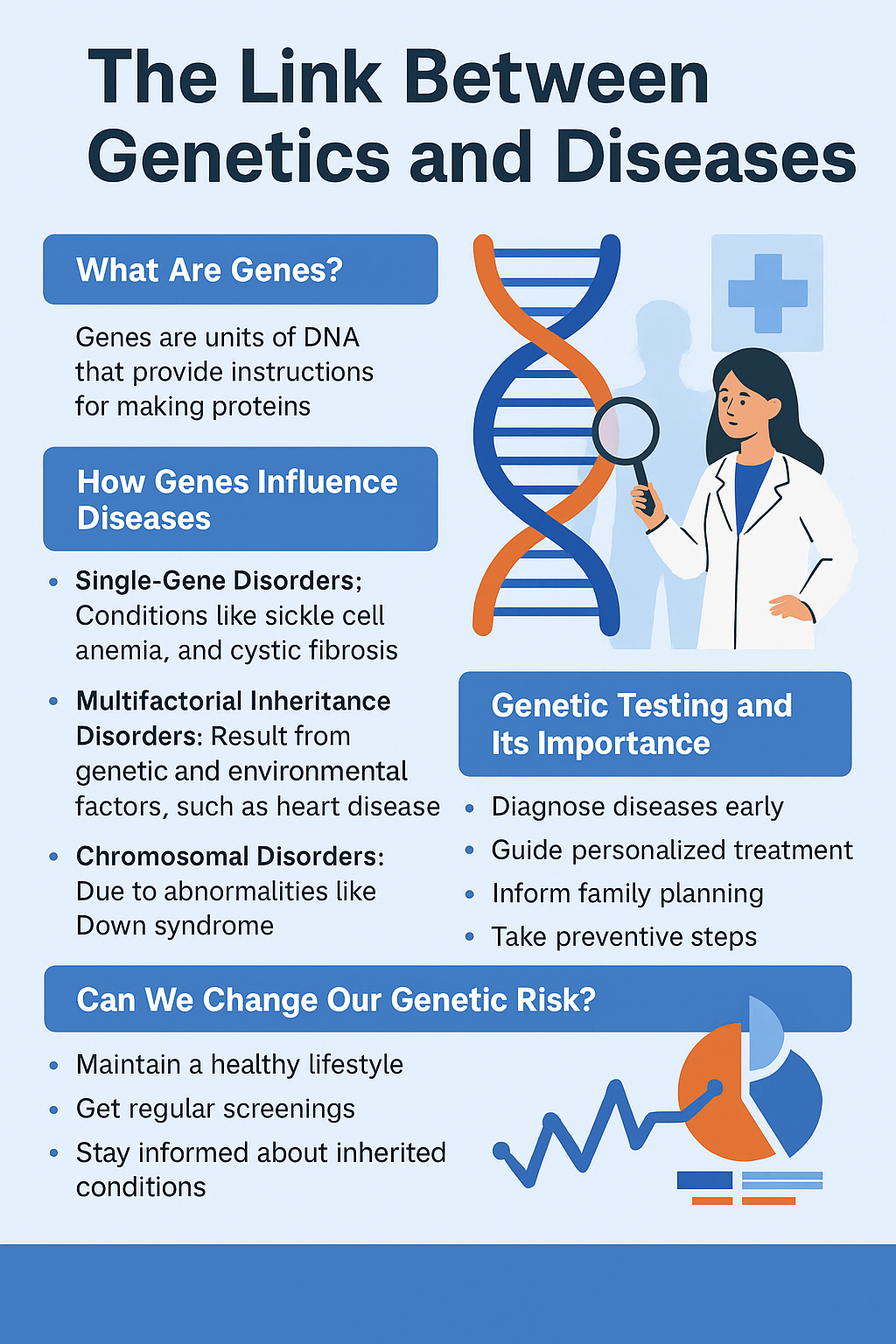
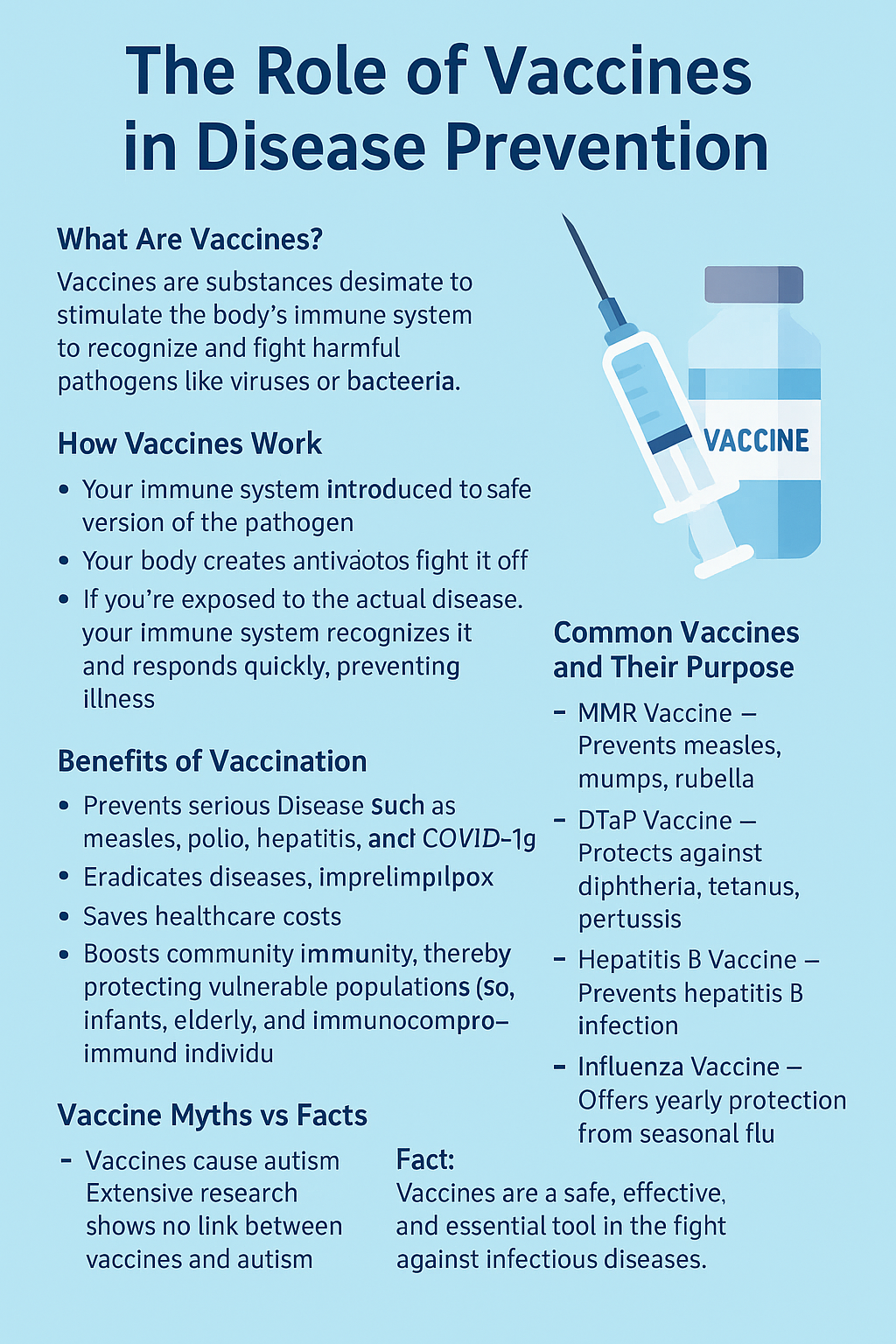

Leave a Reply